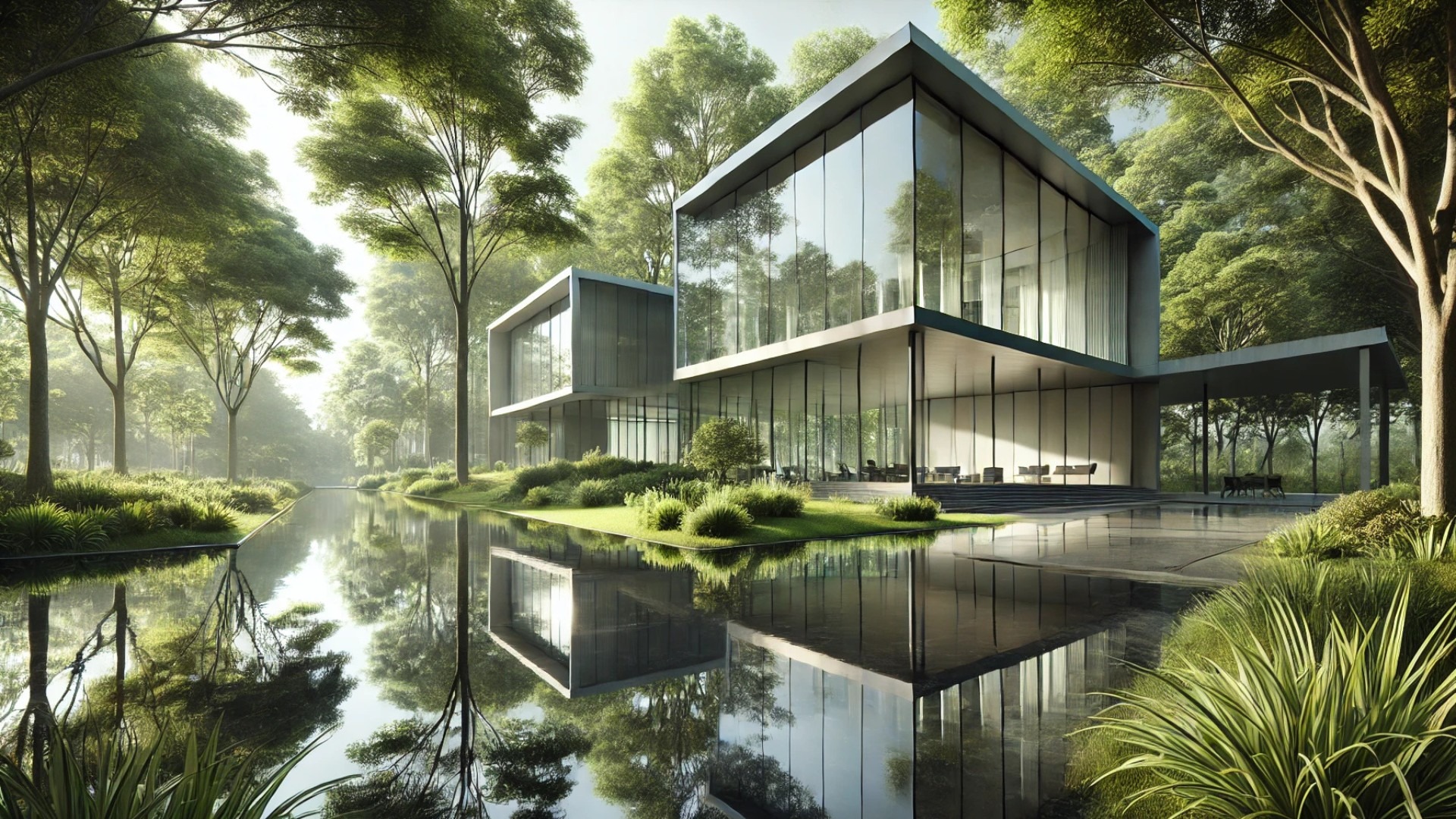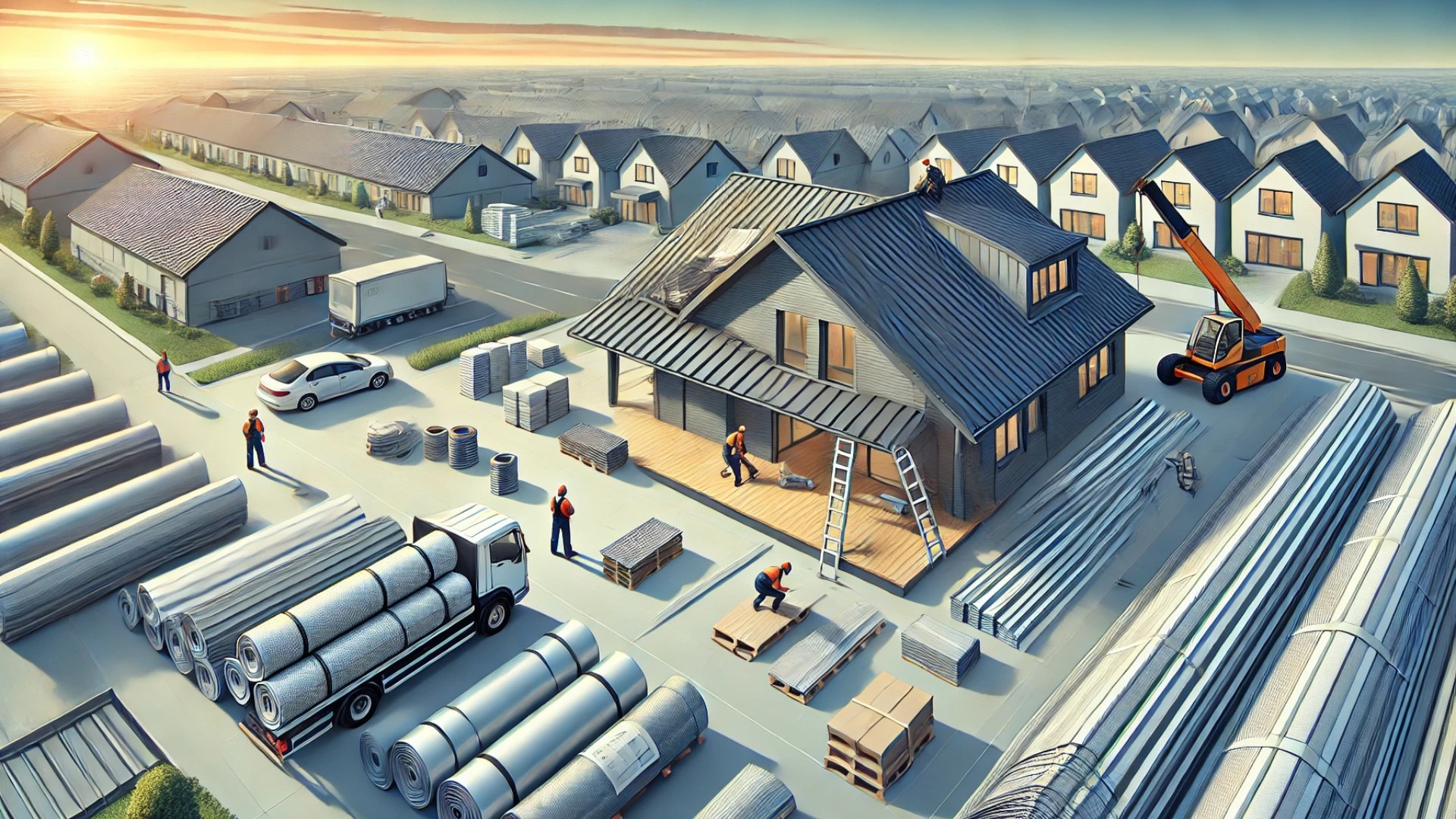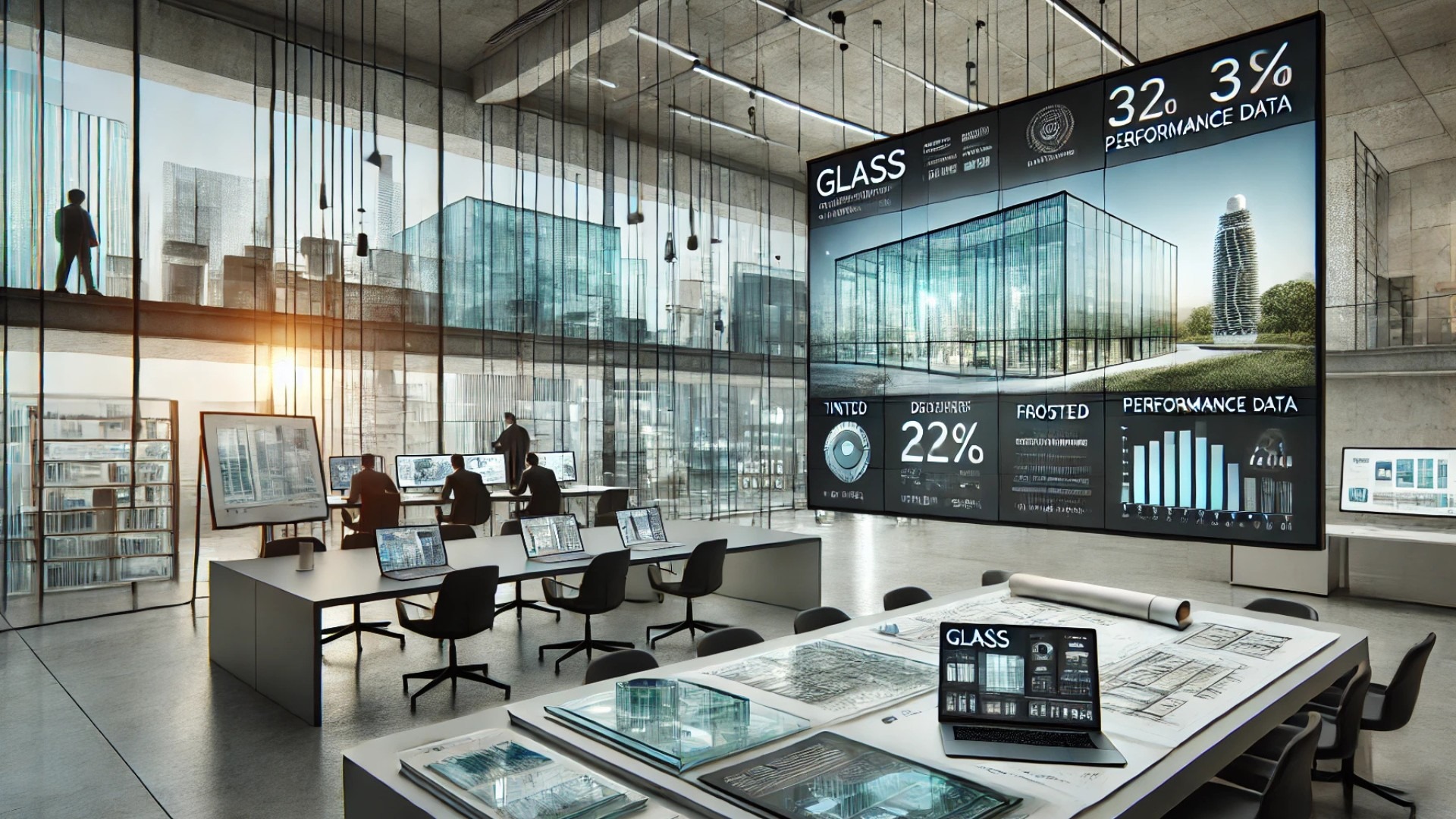
Understanding Building Envelope Advancements
The building envelope serves as the first line of defense against environmental elements, playing a critical role in the overall performance, aesthetics, and sustainability of structures. As advancements in materials and technologies continue to evolve, the methods for creating effective building envelopes have also transformed, enhancing energy efficiency and occupant comfort significantly.
The Importance of Energy Efficiency in Building Envelopes
Modern building design places a premium on energy efficiency. By employing advanced materials such as foam insulation, reflective membranes, and insulated glazing, architects can minimize heat loss and reduce furnace or air conditioning loads. Managing energy consumption not only lowers operational costs but also significantly reduces the overall carbon footprint, aligning with global sustainability trends.
Innovative Materials for Enhanced Performance
Recent developments in materials technology have led to the creation of innovative building products that enhance thermal performance, durability, and sustainability. Innovations like self-healing concrete and phase-change materials are gaining traction within the construction sector. Self-healing concrete, for instance, autonomously repairs cracks, thus prolonging structural integrity and lifespan. Phase-change materials provide superior thermal regulation, absorbing heat during the day when temperatures rise and releasing it at night, providing a stable indoor climate.
The Role of Technology in Building Envelope Construction
Building Information Modeling (BIM) and 3D printing are changing the game for contractors and architects alike. These technologies enable precise design and visualization, allowing for more efficient use of materials and reducing waste during the construction process. With BIM, different building components can be integrated seamlessly, ensuring that the building envelope works as a unified system rather than as individual parts.
Challenges and Considerations
While advancements in building envelope technologies provide substantial benefits, they also come with challenges. The initial investment in state-of-the-art materials can be significant, possibly affecting the project’s return on investment (ROI). However, understanding long-term benefits, including energy savings and reduced maintenance costs, can justify these initial expenses.
Future Trends in Building Envelopes
Looking forward, the focus will likely shift towards more integrated building technologies. For instance, smart building envelopes that can adapt to environmental changes using sensors and automated systems will likely dominate the future landscape. These innovations will not only improve energy efficiency but also enhance the comfort and security of the inhabitants within those structures.
Conclusion: The Path Forward
As the demand for green buildings grows, the significance of building envelope advancements will only increase. Stakeholders in the real estate and construction sectors must stay abreast of these developments to ensure their projects are competitive in a rapidly evolving market. By investing in advanced building materials and technologies, developers can significantly enhance not only the immediate value but also the future benefits of their properties.
 Add Row
Add Row  Add
Add 

 Add Row
Add Row  Add Element
Add Element 




Write A Comment